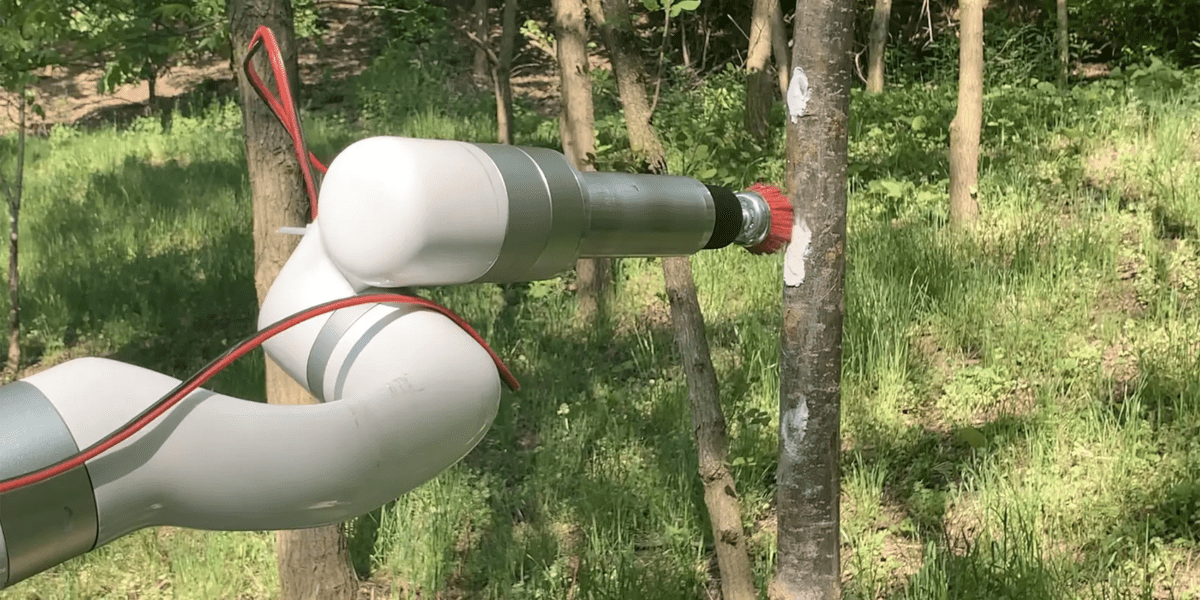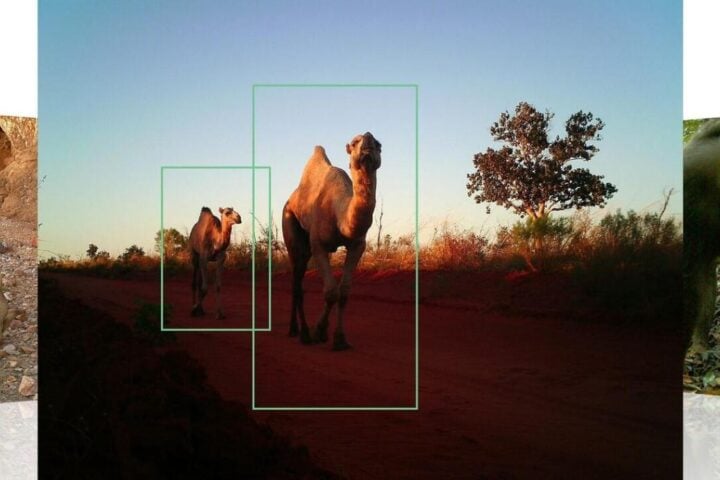The eastern United States is under siege. Not by a force of nature or a human adversary, but by the spotted lanternfly, an invasive insect with a voracious appetite for economically crucial crops. These pests, while seemingly innocuous, have the potential to wreak havoc on the agricultural sector, with Pennsylvania alone staring down potential losses of up to $324 million annually.
Enter TartanPest: The Robotic Sentinel
In a groundbreaking move, a team from Carnegie Mellon University’s Robotics Institute has unveiled their secret weapon against this burgeoning menace: TartanPest. This autonomous AI robot, equipped with an all-electric tractor, a state-of-the-art robotic arm, and advanced computer vision, is designed to patrol fields and forests, seeking out and annihilating spotted lanternfly egg masses.
“Currently, spotted lanternflies are concentrated in the eastern portion of the nation, but they are predicted to spread to the whole country,” warns Carolyn Alex, an undergraduate researcher on the TartanPest team. “By investing in this issue now, we will be saving higher costs in the future.”
Similar Posts
The Tech Behind the Terminator of Pests
The genius of TartanPest lies in its deep learning model, which unlocks the power of artificial intelligence. Refined using an augmented image dataset of 700 images from iNaturalist, this model enables the robot to accurately identify egg masses on a plethora of surfaces, from trees to rusty metals. Once identified, the robotic arm swings into action, scraping these egg masses off, thereby preventing a new generation of pests from seeing the light of day.
The robot’s inception is equally fascinating. The team mounted the robotic arm on an all-electric Amiga microtractor, a brainchild of the California-based robotics company, Farm-ng.
Why This Matters: The Broader Picture
Lanternflies are not just a minor inconvenience. They feed on a vast array of plants, including grapes, apples, hops, and various hardwoods. The potential economic implications are dire. But it’s not just about the money. “TartanPest could benefit small farmers and the broader food system by lowering the chemical pollution of crops, increasing efficiency on farms and saving labor costs for farmers,” the team elucidates.
Challenges Ahead: Not All Roses
While TartanPest offers a shimmering ray of hope, it’s essential to temper our expectations. The robot, though promising in controlled settings, still has to prove its mettle in the diverse, unpredictable terrains of the real world. Moreover, the long-term environmental implications of such robots, especially when deployed en masse, remain a topic of debate.
The Road Ahead
The TartanPest team, comprising of students like Simi Asher, Dominic Guri, and Srinivasan Vijayarangan, and guided by Francisco Yandun, remains optimistic. Their recent showcase at Farm-ng’s 2023 Farm Robotics Challenge is a testament to their commitment.
As the spotted lanternfly continues its relentless march, innovations like TartanPest will be at the forefront of the battle. But as with all battles, victory requires not just advanced weaponry but also strategy, foresight, and a touch of caution.


















